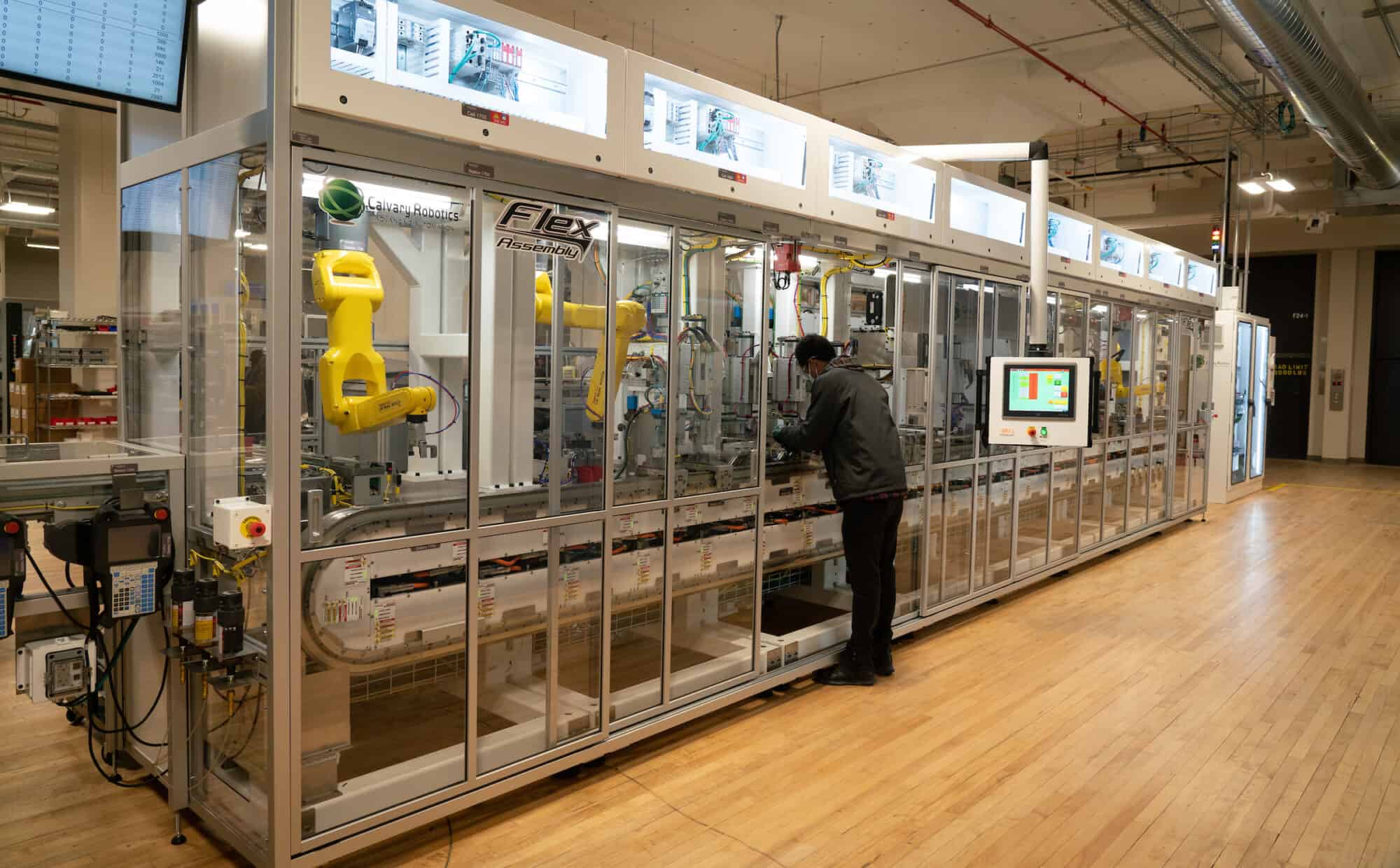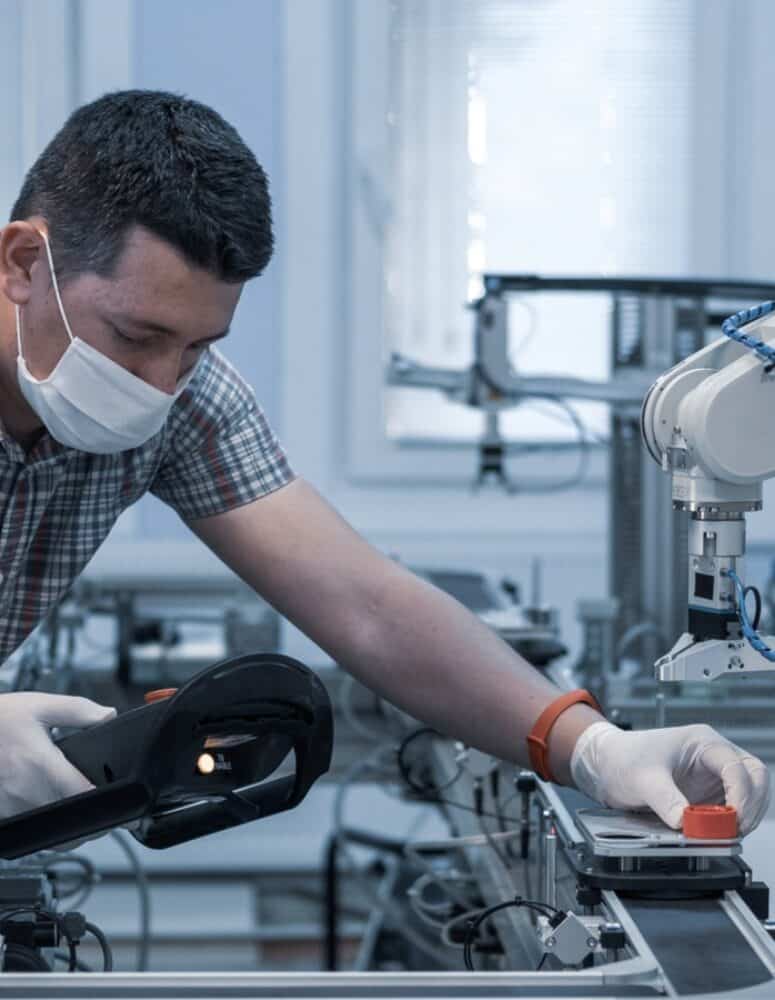What’s the Next Phase of Digital Evolution?
Get the Latest News
Sign up here
In late 2021, the Manufacturing Leadership Council launched the Manufacturing in 2030 Project, a comprehensive examination of the factors that will influence the industry leading up to the year 2030 and beyond. The latest milestone in this sweeping project is the release of The Next Phase of Digital Evolution.
This groundbreaking white paper examines the global megatrends like population, the economy, sustainability demands, and technology development – all of which will impact business decisions and are essential for manufacturing competitiveness.
Data’s Growing Role: Data is perhaps manufacturing’s most important asset, tracking everything from individual machine performance to the status of global supply chains. Developments in digital systems for factories, high-powered industrial networks and advanced communication technologies are giving rise to the ability to collect data.
Combined with a rise in analytics capabilities, manufacturers are now able to apply that data in powerful ways to improve processes, speed innovation, find new business opportunities and ultimately create conditions for greater competitiveness.
A Rising Middle Class: Population trends will influence where manufacturers build new factories, who they hire, the products that they make, organization for supply chains and who they are selling to.
Africa and Asia are projected to have the strongest population growth, and while traditional middle-class markets in the U.S., Europe and Japan are expected to grow at only modest rates, 88% of the next billion entrants into the middle class will be from Africa.
What’s to Come: Manufacturers will also need to consider their role in creating sustainable business practices and how they will overcome persistent workforce challenges. Institutional investors are pressuring businesses to significantly improve environmental practices, while the already yawning gap in skilled workers is expected to skyrocket to 2.1 million unfilled openings by 2030.
Technology could have a role in solving both of those issues. On the sustainability front, data can be key to monitoring emissions, utility consumption and waste, while also giving rise to new processes that improve on those metrics. For the workforce, data can empower workers to make more informed decisions, automation can eliminate repetitive tasks, and technologies like augmented and virtual reality can enhance training and upskilling.
To learn more about these and other insights, download the full white paper here.


